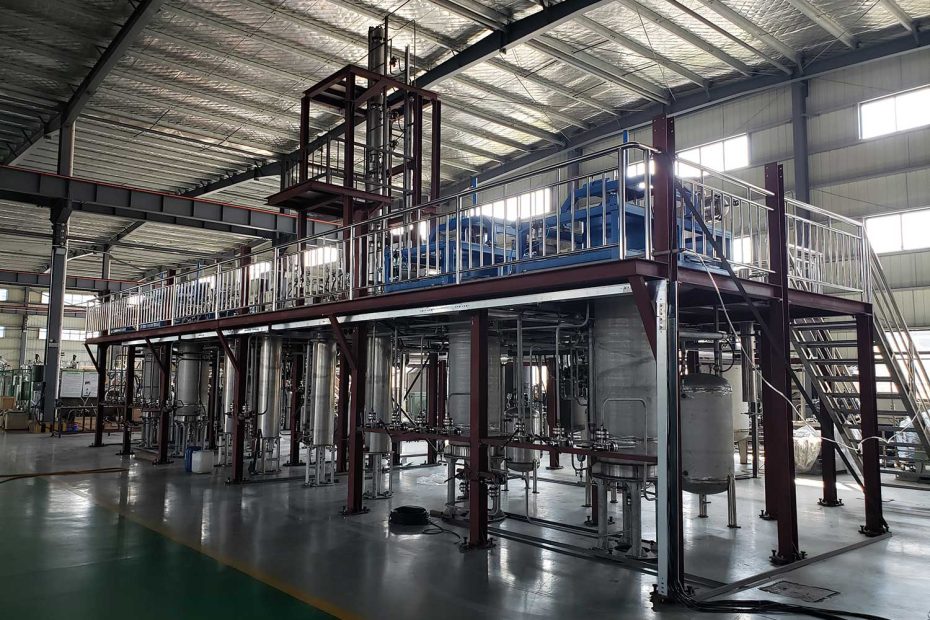There are several methods available for extracting oils and compounds from natural sources. Here are the differences between four popular extraction methods:
Four extraction methods
- Cold-pressed method: In the cold-pressed method, raw materials such as seeds, nuts, and fruits are pressed at low temperatures to extract oils. This method does not involve solvents or heat and produces high-quality, unrefined oils. However, the yield of oil is lower compared to other methods.
- CO2 extraction method: CO2 extraction method uses supercritical carbon dioxide as a solvent to extract oils and compounds. The equipment used in this method is expensive, and experts are required to operate it. The process is known for its high selectivity, efficiency, and purity. The extracted oil has a more accurate flavor and aroma profile, but it is only suitable for the extraction of compounds that are soluble in CO2.
- Hydro-distillation method: In the hydro-distillation method, plant material is placed in a distillation apparatus, and water is added. The mixture is then heated to boil the water and pass the steam over the plant material to extract the oils. This method is most suitable for heat-resistant compounds and herbal extracts. Hydro-distillation method produces lower yields than more advanced techniques.
- Solvent extraction method: Solvent extraction method is an efficient and versatile method that uses solvents to extract oils and compounds from plant material. The solvents commonly used include hexane, ethanol, and propane, which can be harmful if not appropriately handled. Solvent extraction method is efficient and has a high yield, but it produces lower quality and can leave behind solvent residues in the extract.
Final Words
The choice of the extraction method depends on various factors such as the nature of the raw material, type, and quantity of the desired compound, and the end-use of the extract. Each method has its pros and cons related to yield, time, and cost-effectiveness that need to be weighed before selection.
